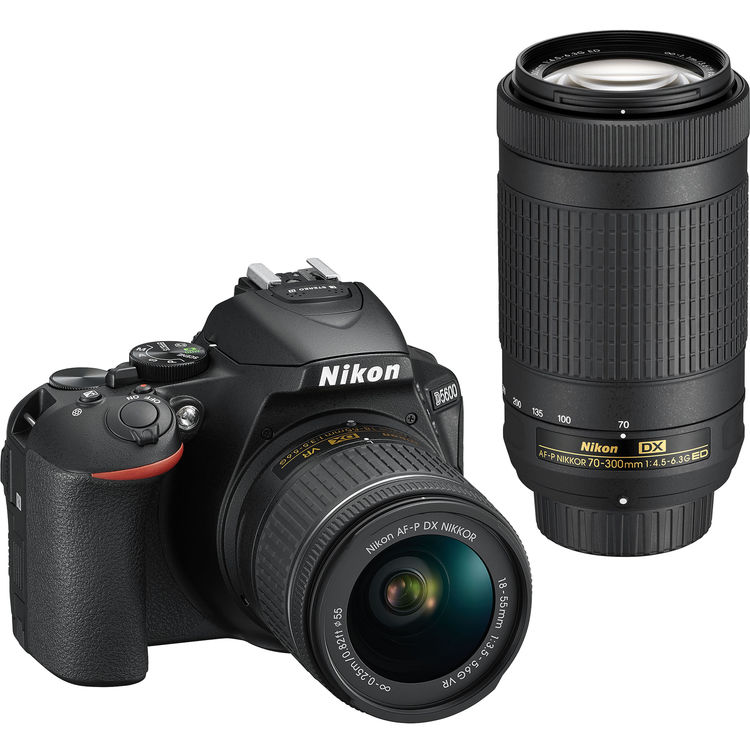Golden Retrievers often sleep on their backs with their feet splayed out on all directions; often up in the air. It may seem uncomfortable to us humans but it’s not. All domesticated dogs can display this behavior but Goldens tend to do it more than many. Dogs usually have reasons for the way they sleep so I’ll discuss a few of those here.

Wild Canines
Wild dogs (Ferrel Dogs, Wolves, foxes, Coyotes, etc) do not display this behavior in their natural habitat. It is also uncommon for domestic dogs to do this when outside. Sleeping on the back takes the longest to get back on their feet and leaves the belly exposed. If in direct sunlight the dog may also get sunburned if sleeping belly up since the protective coat is typically thinnest on the underside.  It is suspected that the further from their wild ancestors the domesticated dog is, the more likely it is that you can spot them sleeping on their backs.
It is suspected that the further from their wild ancestors the domesticated dog is, the more likely it is that you can spot them sleeping on their backs.
Wild canines tend to sleep curled up in a ball. This is the most defensible position and allows really good reaction time getting on their feet. In cold weather it is also the warmest position. It is thought that this is also the least comfortable way to sleep but it’s utility overrides that shortcoming and allows more alert reactions to danger.
Domesticated Dogs
I was unable to find detailed studies with objective statistics on this but Vetstreet.com says this on the subject:
There are no solid stats to reflect the incidence of dogs willing to sleep belly up, but an informal survey of the dog owners you know will probably reveal something like this: 5 to 10 percent of pet dogs sleep with their bellies bared on a fairly regular basis.
In my experience, Golden Retrievers do it much more often than that. One of the primary reasons that most sources mention for canine back sleeping is feeling safe. The dog is willing to expose it’s soft underbelly and feels completely safe in doing so.
Golden Retrievers are a very trusting breed and love/trust their human parents completely so this is a natural behavior for them when they are treated well and loved. Remember too that if you have multiple dogs, their trust of the other dogs plays into this behavior.

Golden Retrievers tend to get along famously with other dogs and as a result, typically have a very trusting relationship with them (unless of course the other dogs are some other breed that has been raised poorly or has other issues). When a dog sleeps on their back, they trust the environment, people and other animals around them.
Vetstreet.com seems to agree:
It seems that more relaxed, easy-going dogs are over-represented among those who regularly assume a belly-up position –– the dogs most temperamentally distanced from their wild cousins.Of course, there’s a lot to be said for the role of socialization as well. Dogs who engage in this behavior tend to be secure, well-socialized individuals who enjoy safe, stable, comfortable surroundings.

It has also been suggested that back sleeping allows a hot dog to stay cool more efficiently because their coats are thinner on the underbelly and dogs only sweat through their mouths, noses and pads of their feet. The thought is that leaving the underbelly and feet exposed to cooler air when not in direct sunlight will keep them cooler. I guess there is some logic to this but I’m not convinced that it is a primary reason to do it; more likely it’s a side benefit.
Sleep Positions
So I’ve discussed sleeping on their backs, but why choose other positions? Petbarn.com.au has this to say on the subject:
Superman: If your dog sleeps stretched out on their stomach, it means that they’re relaxed, but still alert. They will likely jump to attention as soon as they hear you move.
Curled up in a ball: Many puppies and outdoor dogs sleep with their paws tucked into their body and tail wrapped around them. This position conserves heat and protects dogs’ bodies from any unforeseen predators in the wild. While this is the least vulnerable position for a dog, it’s also the least restful.
Side sleeper: Similar to when your dog is sleeping on its back, when they’re sleeping on their side they’re in a relatively deep sleep and are quite comfortable in their environment.
dogtime.com also mentions one more common sleep position:
You may catch your dog sleeping back-to-back with your other pets or snuggling up to you, and it means the same thing. Your dog is bonding and showing that he wants to get close to you. A dog sleeping this way feels very loving and affectionate, and he’s completely comfortable with whoever he’s napping with. Try showing your love, too, by taking a snooze with your pup.
Rolling Over is Not The Same as Back Sleeping
Another situation where a dog may be seen in it’s back has nothing to do with sleeping. Exposing the underbelly to another dog is considered a sign of submission and can end a threatening situation between dogs. This is normal behavior at times and should typically be allowed to happen as long as there is no real threat to safety. Dogs naturally know how to get along in a pack and there can often be a pecking order that they group establishes. Allowing this to be established will often prevent problems down the road and keep peace in the home.
Although rare it is also possible that some dogs (typically not Goldens) are just afraid and/or easily startled and developed some form of phobia. Something may surprise them and they immediately flip over on their back in panic. A really good article on cuteness.com has this to say on the subject:
Fear
Dogs who lie on their backs around others are good communicators, able to use their body language to tell others that everything’s all right whenever potentially troublesome situations arise. But consistent and repeated rolling over on the back could be a sign of a phobia, especially if it always accompanies one thing, such as the appearance of the vacuum cleaner. Consider consulting a trainer or behavior specialist if your dog always responds to a certain stimulus by rolling over.
Don’t Touch
If your dog is exhibiting signs of a phobia, the most obvious step is to not exacerbate the situation. But apart from keeping the vacuum at bay, avoid touching your dog if she goes onto her back in fear. Rolling over in fear is her way of saying “Please don’t touch me.” It’s best to simply walk away if you have spooked her.
References
About the author.

Bryan Curry loves all dogs in general, especially Golden Retrievers. He has had dogs for all but 6 months of his long life and all have lived happy and much longer than average lives. Bryan and his wife Terri are co-owners of Texas TLC Goldens; a small responsible breeder producing high quality Golden Retriever puppies.





 There are special bowls that can be used to force your dog to eat slower during a scheduled feed but in our opinion that not a good way to go if it can be avoided. If your dog is wolfing down their food they either have a food that is way too tasty, have not been fed often enough or competition with other dogs for food has not been managed. Eating food quickly has the same negative effect on dogs as it does humans; they will overeat and the food is usually not chewed enough to be efficiently processed by their bodies. The body needs some time to process the intake of food to slow down hunger and if the food is eaten too fast, they will take in way more food than they should before they feel full. Wolfing down too much food too fast can also be fatal as it can also contribute to
There are special bowls that can be used to force your dog to eat slower during a scheduled feed but in our opinion that not a good way to go if it can be avoided. If your dog is wolfing down their food they either have a food that is way too tasty, have not been fed often enough or competition with other dogs for food has not been managed. Eating food quickly has the same negative effect on dogs as it does humans; they will overeat and the food is usually not chewed enough to be efficiently processed by their bodies. The body needs some time to process the intake of food to slow down hunger and if the food is eaten too fast, they will take in way more food than they should before they feel full. Wolfing down too much food too fast can also be fatal as it can also contribute to 

 For the purposes of today’s discussion I’ll be describing how I do it with my Nikon 5600 using a basic 70-300 zoom. It is absolutely possible to get great pics with your phone or travel camera but I’ll leave those settings for you to work out.
For the purposes of today’s discussion I’ll be describing how I do it with my Nikon 5600 using a basic 70-300 zoom. It is absolutely possible to get great pics with your phone or travel camera but I’ll leave those settings for you to work out.

















 I read an
I read an  It’s something dogs do; not all but some do. They will roll around in some really disgusting stuff if left to their own devices. Dogs will roll around in poop, dead carcasses, old fish and all sort of other smelly things that they find or dig up. They will often do it with gusto with paws in the air and seemingly having great fun.
It’s something dogs do; not all but some do. They will roll around in some really disgusting stuff if left to their own devices. Dogs will roll around in poop, dead carcasses, old fish and all sort of other smelly things that they find or dig up. They will often do it with gusto with paws in the air and seemingly having great fun.